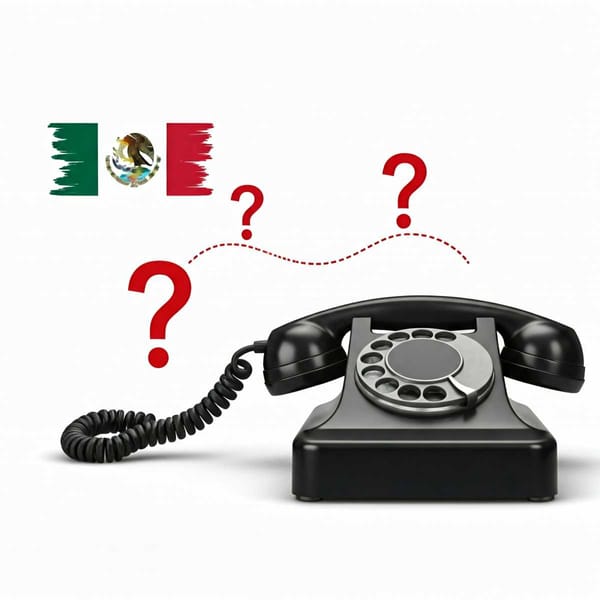How a Notorious Venezuelan Gang is Spreading Terror Across the Americas
The Tren de Aragua, a Venezuelan prison gang, has expanded its operations beyond the country's borders. Despite government efforts to dismantle the gang, it remains a powerful force.

The Central Regional Highway, once a crucial artery linking Caracas, the capital of Venezuela, to Maracay, is now a bleak reminder of the chaos that grips the country. During the day, children and teenagers line the deteriorating road selling mangoes, while drivers navigate the precarious route that turns treacherous at night. The lack of lighting and frequent criminal activity make the journey perilous after dark. It was along this very stretch that former beauty queen Monica Spear tragically lost her life in 2014, a crime that shocked the nation and underscored the escalating danger in Venezuela’s collapsing infrastructure.
For much of the highway’s 74-mile stretch, the crumbling remnants of an unfinished railway project tell the story of a nation whose grandiose dreams have long since fallen into decay. The railroad, begun during the oil boom of the early 2000s when prices soared past $100 a barrel, was meant to connect Venezuela with the rest of Latin America, even reaching as far as Argentina. However, like so many projects in Venezuela, it was abandoned, another victim of mismanagement and corruption.
It was in this environment of broken dreams and growing unrest that one of Venezuela’s most notorious criminal organizations, the Tren de Aragua, was born. The gang, which now operates across multiple countries, began in the Aragua Penitentiary Centre, also known as Tocorón prison, in the early 2000s. According to Venezuelan journalist and expert on organized crime Ronna Risquez, who has spent years studying the phenomenon, the gang adopted the moniker "Tren" (train) in prison slang, where gangs are often referred to as “cars,” symbolizing their domination of the penitentiary system.
In September 2023, the Venezuelan government made headlines when it claimed to have dismantled Tocorón prison, where the Tren de Aragua operated with impunity. What authorities found inside the prison shocked the nation. Tocorón was not just a penitentiary—it was a small, lawless city within Venezuela’s collapsing state. The prison housed restaurants, casinos, a swimming pool, and even a nightclub ominously named Tokyo, a nod to both the Japanese capital and the prison itself.
But despite the government’s public dismantling of Tocorón, the Tren de Aragua’s operations did not falter. The organization’s tentacles had long since spread far beyond the prison walls and Venezuela’s borders, infiltrating multiple countries across Latin America and even reaching the United States. The gang's reach, thanks in part to Venezuela's mass migration crisis, continued to grow in the shadows.
At the heart of this vast criminal network is Héctor Guerrero, a man whose rise from petty criminal to the feared leader or Pran of the Tren de Aragua is emblematic of Venezuela’s descent into lawlessness. Guerrero, born in 1983 in Maracay, now finds himself at the top of international wanted lists. Both Chile and Peru are actively searching for him, and the United States Department of Justice has placed a staggering $5 million bounty on his head. Despite living in Tocorón for years, Guerrero’s whereabouts have been unknown since the prison was raided.
Even with the removal of Guerrero’s base of operations, the Aragua Train continues to thrive. “Since September 2023, when the Tocorón prison was dismantled, nothing has been known about the whereabouts of Héctor Guerrero,” says Risquez, underscoring the criminal leader’s elusiveness.
One arrest, however, may provide some answers. This year, in Colombia, authorities detained Larry Changa, another alleged high-ranking leader of the Tren de Aragua. His capture might offer new clues, but for now, Guerrero remains a fugitive, orchestrating his criminal empire from the shadows.
Meanwhile, the Tren de Aragua’s operations in the U.S. are becoming harder to ignore. They have reportedly infiltrated the country by hiding among migrants seeking asylum. In November 2023, the murder of a former Venezuelan police officer in a Miami hotel put U.S. law enforcement on high alert. The arrest of two alleged members of the Tren de Aragua, Julio César Hernández (27) and Yurwin Salazar (23), in connection with the killing, was a chilling reminder of how far the criminal network has spread.
The gang’s presence in New York is also a growing concern. According to the New York Post, even minors, some as young as 11 years old, are believed to be operating for the gang, particularly around the iconic 42nd Street in Manhattan. These young members, living in migrant shelters across the city, are often released quickly when caught due to their status as minors, adding another layer of complexity to the fight against this transnational criminal network.
The brutality of the Tren de Aragua was felt nationwide when the murder of Jocelin Nungaray in Houston shocked the U.S. earlier this year. The discovery that her alleged killers, Franklin Peña and Johan Martínez Rangel, were linked to the gang raised alarms. Now, with more reports of the gang's presence in places like Aurora, Colorado, the organization has even become a point of political contention. Former U.S. President and 2024 presidential candidate Donald Trump has used the growing presence of the Tren de Aragua to bolster his anti-immigration campaign rhetoric, further inflaming an already charged political climate.
In Arizona, the Tren de Aragua has also made headlines. Telemundo Arizona reported the arrest of an alleged member of the organization in Cochise County, a 25-year-old man who entered the country seeking asylum. He now faces charges related to human trafficking. Art del Cueto, Vice President of the Border Patrol Union, expressed concern over the arrest, suggesting it may only be the tip of the iceberg. “If one has been caught, there are many more,” he warned.
However, Risquez remains cautious about labeling these cases as part of a larger organized effort. "We would have to see if these are isolated cases, of elements that belong to the gang or if they are acting as a criminal organization, and that can only be determined by the authorities through investigation," she explained.
For Venezuelan migrants fleeing their homeland, the very mention of the Tren de Aragua is enough to strike fear into their hearts. "That scares anyone because... we experienced that firsthand in our country and we know what they are capable of," a Venezuelan migrant in Arizona confided, his voice filled with anxiety.
As Venezuelan migration surged to 7.71 million people by 2023, according to Amnesty International, the reach of the Tren de Aragua followed. Many migrants fleeing the dire conditions in Venezuela found themselves in neighboring countries like Chile, Peru, Colombia, and Ecuador—destinations where the gang has already established a stronghold.
The story of the Tren de Aragua is a chilling contrast to the song “Tren al Sur” by Chilean band Los Prisioneros, a nostalgic anthem of freedom and escape. Instead of freedom, the gang represents a menacing force spreading across the Americas, fueled by violence, corruption, and fear.
From the crumbling highways of Venezuela to the shelters of New York City and the deserts of Arizona, the Tren de Aragua’s influence is undeniable, leaving a trail of violence in its wake. As authorities struggle to contain this growing threat, the train, it seems, shows no signs of stopping.




